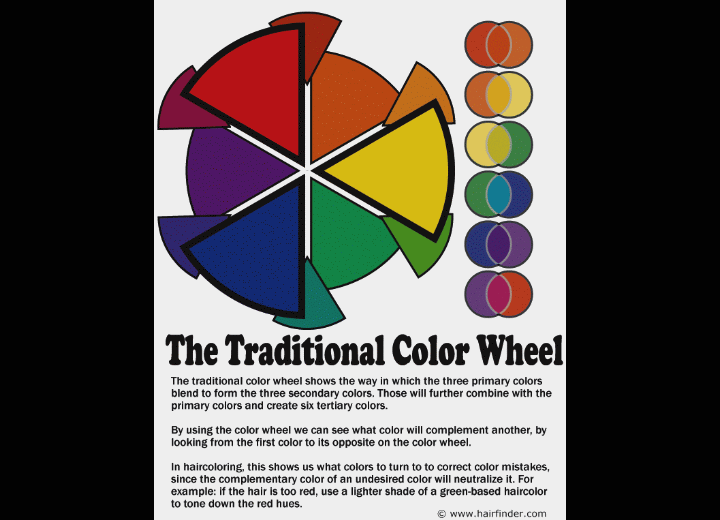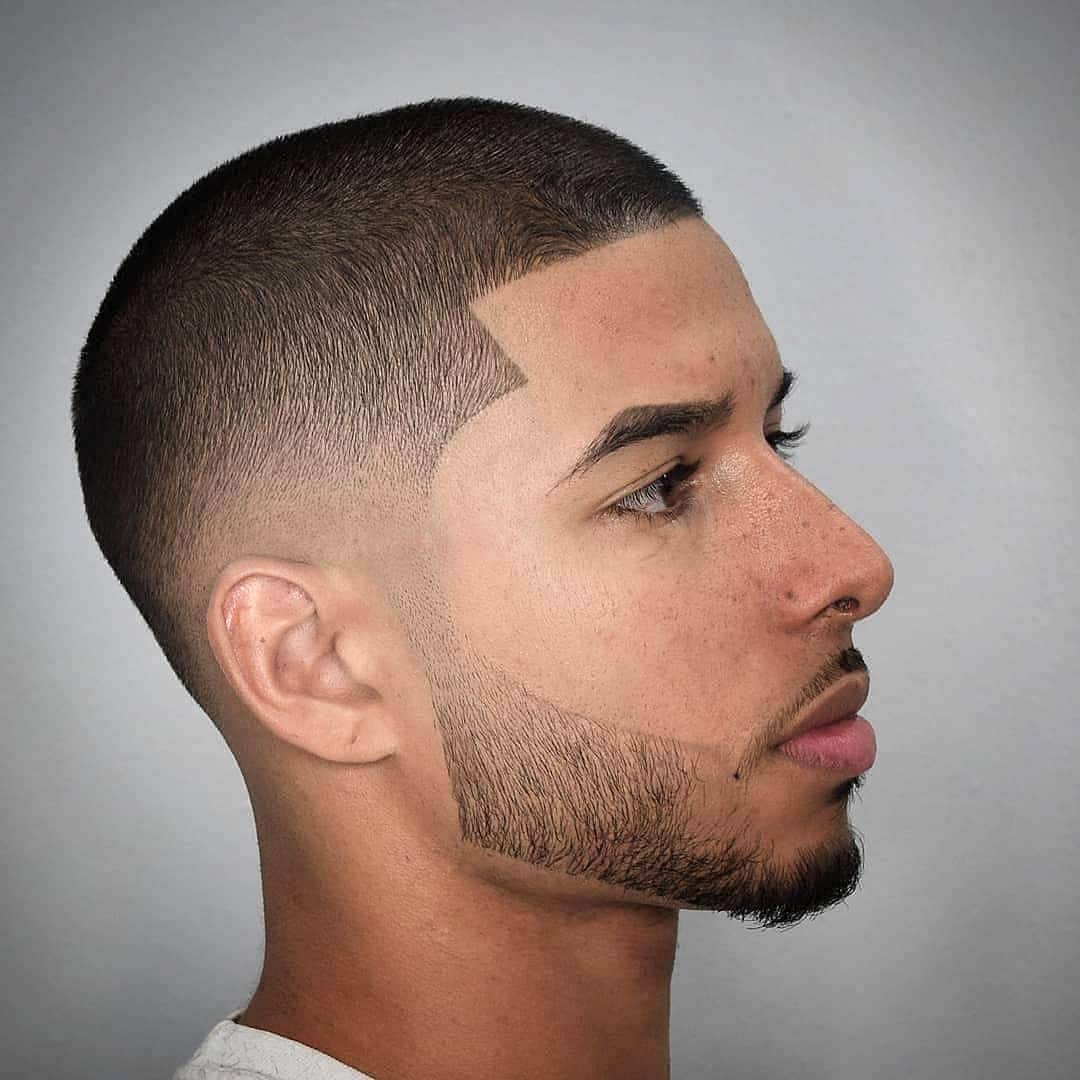Table Of Content
- Thinking of beautiful hair colors?
- Can You Use Purple Toning Shampoo On Brown Hair?
- A Stylist’s Guide to Hair Dusting
- Extreme Red Coloring Conditioner
- How the Color Wheel Really Works - Hair Stylist's Guide
- How to use use the color wheel to match hair color
- BULLET-POINT SUMMARY: The Hair Color Wheel for Stylists

Developers are hydrogen peroxide liquid that works as an oxidizing agent for the hair color. The varying levels of developers depend on different hair color lines or manufacturers that make several options for their hair color products. For the serial color adventurers, transitioning from one faded color to another is an art.
Thinking of beautiful hair colors?
Then, look directly across to the opposite side of the wheel. Color correction is a term used in hair coloring to refer to the process of adjusting, changing, or neutralizing hair color that didn’t turn out as planned or has faded over time. It can be as simple as toning down brassy blondes or as complex as restoring natural color after multiple hair color treatments.
Can You Use Purple Toning Shampoo On Brown Hair?
But if the color is bright red, I would add 75% Ash to the Neutral tone. The neutralizing pigment is mixed in with the desired color. Let’s say your looking for a neutral brown, but there is too much red in the current color.
A Stylist’s Guide to Hair Dusting

In fact, they tend to be too striking and can wash out your skin tone. If not, you’ll be stuck with hair that’s unflatteringly warm. Colors that are placed on opposite sides of the color wheel are complementary. You might have heard your stylist say this word whenever you ask for a color, especially when you’re asking to go blonde. Its main purpose is to help artists — painters, designers, colorists — understand the relationship of colors.
How to use the color wheel when decolorizing, hair lightening and bleach
Gorgeous intermediate shades like red-orange, yellow-orange, yellow-green, blue-green, blue-purple, and red-purple. These are the colors that add spice and everything nice to your hair. For example, if blonde hair is yellow and warm but you want it to be icy and cool, you’d look to see which color is opposite yellow on the Color Circle. Then, a little bit of violet would be added to the hair formula to counteract the yellow tones. If you’re noticing that your hair is turning orange 一 which is common in deep blondes and brunettes 一 use a blue shampoo. Since blue sits across from orange on the color wheel, blue pigments will get rid of unwanted brassy, orange tones.
However, there are a variety of blonde shades, each with different undertones. For example, ash blonde hair has cool, greenish undertones, while golden blonde hair has warm, orangish undertones. Even if you’re not planning on going the DIY route, it’s great to have this knowledge to better understand your stylist’s process. It can also save you extra trips to the salon when you know how to use the color wheel hair theory to properly tone your color without unwanted brass or redness.
How the Color Wheel Really Works - Hair Stylist's Guide
Let’s say you wanted to go blonde, but your hair turned out too yellow or brassy. On the hair color wheel, violet is the complementary color to yellow. In this case, a violet-toned hair product like a purple shampoo or conditioner would be used to neutralize the yellow tones, bringing your hair to a more natural, cooler blonde. For instance, black and dark brown hair can fall under the “blue” category due to its cool undertones, while blonde hair might fall under “yellow” due to its warm undertones. Furthermore, the hair color wheel is not just about identifying colors. Now that we have shown how the color wheel works in conjunction with hair color, we can show you how mixing colors with developers and get the targeted results you desire.
Once again, using poor quality bleaches is the most common reason that we encounter when stylists have difficulty lifting & transitioning all the way to pale yellow. Remember that at any stage you can always add in additives to reinforce the toning. Let's now look at some of the particularly useful ones that we would recommend that you use in color neutralization cases. And the appropriate choice of "canceling" color you need to make. Adjust by using acidic products for high porosity to seal color, and alkaline for low porosity to open cuticles. Moving from the discussion on Volume 30 Developer, let’s delve into the realm of Volume 40 Developer.
BULLET-POINT SUMMARY: The Hair Color Wheel for Stylists
While bleaching your hair isn’t recommended if you don’t know what you are doing, the color wheel can actually guide you to the perfect hue and balance of tonality. Its main purpose is to help people understand the relationships between colors. That’s whether you want to change your hair color, tone it down or find the right color for you.
This visual tool explains how colors interact, blend, and contrast with each other. Ever aimed for a specific hair color and ended up with an unexpected surprise? The color wheel is here to ensure those surprises are always pleasant. Say you’re going for a deep mahogany hair hue like in the photos below.
Incorporating the colour wheel into each and every client consultation and colour formulation is not only inspiring – for you and your clients. It’s also an incredibly satisfying element of your job as a hair colourist. Once you have your colour wheel personalised and you’ve refreshed your colour science theory, you’re ready to put your must-have tool into action. Well, the colour wheel is a simple tool that gives you an organised way to digest colour theory and put it into practice when formulating colour for your clients.
ROY-G-BIV, we hollered, as it embeds into our brains by first-grade art teachers. But as all hair colorists know, the color wheel isn’t just for art class. 7.1b and 6.1b are also blue based ash blondes, but at a slightly lower level.
It’s to see which colors are in contrast and can cancel each other out. Any other color is a product of mixing one or two of them together. Only then will they decide how to tone and bring you to the hue and shade you want. But it’s the foundation and ultimate stepping stone you need to master to become a seasoned colorist in the industry.
When you mix these hues, each loses its effect and becomes a neutral or natural color, like brown, gray, or even white. The level of hair refers to how dark or light your hair color is. The standard level is from 1 to 10, with 1 as the darkest and 10 as the lightest. The key to finding the right shade of ash hair for you is understanding how different tones work with your complexion. The colors that work best for canceling out orange are cool toned and ashy colors. But for at-home toning solutions, toning shampoos are an excellent fix.
Tonal colors can be natural or artificial and are classified into cool, warm, or neutral. On the left side of the wheel are the cool tones (also called ash tones), which include blue, blue-violet, green, blue-green, violet, and red-violet. The warm tones, which consist of red, red-orange, yellow, yellow-green, orange, and yellow-orange, are on the right side of the color wheel. If you’re starting with blonde, think of it as a blank canvas with undertones that can influence your final creation.
What to Do If At-Home Hair Dye Ruined Your Hair — Expert Advice - Allure
What to Do If At-Home Hair Dye Ruined Your Hair — Expert Advice.
Posted: Tue, 19 May 2020 07:00:00 GMT [source]
For that, you can use a color-depositing shampoo to tone your hair now and then. When you finally have the perfect shade, lightness, and tone in your locks, it would be a terrific idea to maintain it for as long as you can. Or if you have orangey streaks peeking through, grab that blue toner to pull the copper back a bit. It’s no longer about changing the shade or lightness, but the hue and warmth of your locks.

No comments:
Post a Comment